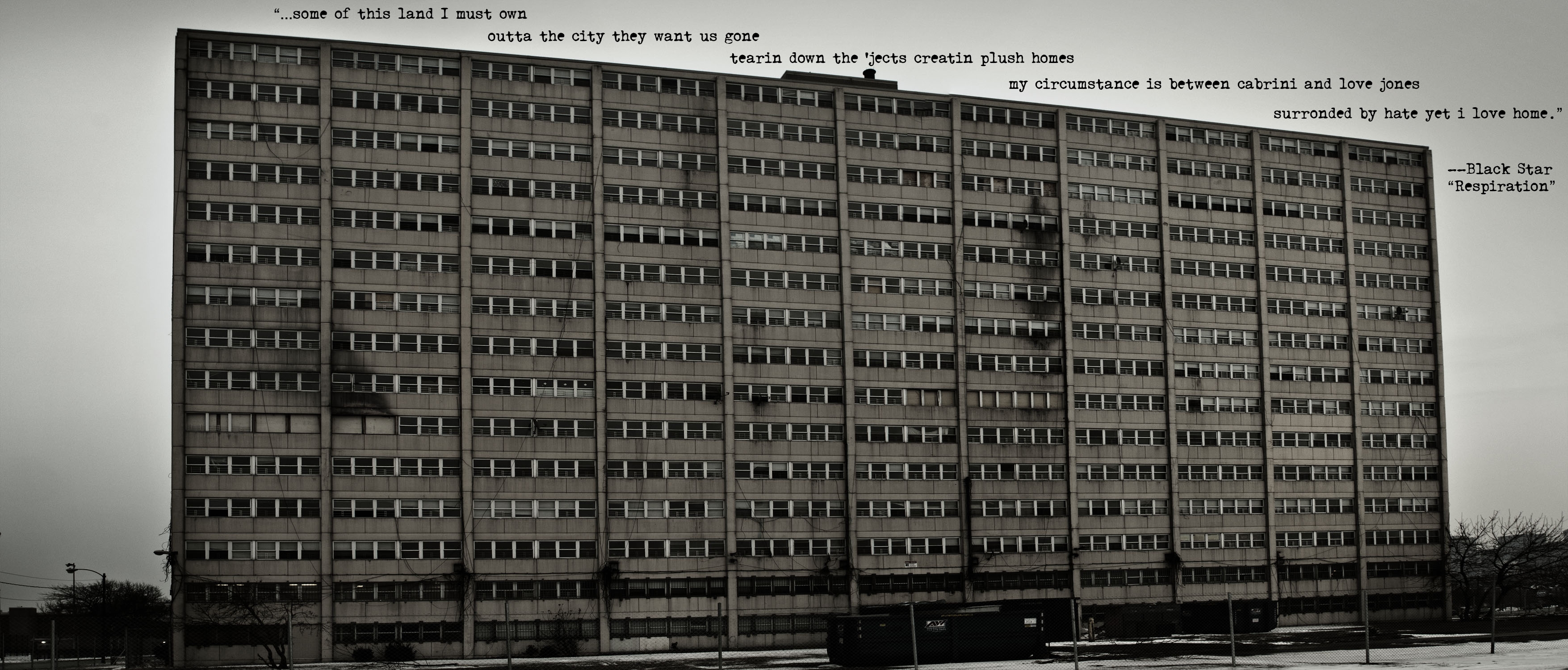
As reported by the New York Times, "Modernist Times," by Kevin Baker, on 3 June 2007 -- The recent death of Arthur Schlesinger Jr. was a sad reminder of how the public intellectual is passing from our midst. That is to say, the individual still bold enough to put his mind and his knowledge to use in analyzing the world around us, in language that most of us can understand, and with an eye toward effecting practical improvements. This is apparently a rarer skill set than most of us might once have imagined.
Fortunately, Nathan Glazer, now approaching his mid-80s, is still alive and, to judge by his latest book, kicking it. “From a Cause to a Style” is a collection of essays written from the early 1990s to the present that traces the diminishment of Modernist architecture from a social revolution — which asserted that traditional architecture “had come to an end” — down to a mere style, and one almost universally resented outside the profession. Many of these pieces have been published separately, but some have been “substantially rewritten” and in the main they hold together well, delivering a coherent critique of how Modernism has failed the modern city.

From a Cause to a Style: Modernist Architecture's Encounter with the American City, by Nathan Glazer
The greatest pleasure of “From a Cause to a Style” lies simply in listening to Glazer think as he walks us about his native New York, with occasional diversions to other locales like Boston or the Washington Mall. His intelligence fairly radiates from the page, and his prose is a pleasure to read — clear, supple and frequently droll. His descriptions of the hysteria that engulfed British architects when Prince Charles dared to criticize their work are priceless. So, too, is his skewering of a tragically hip proposal for a new park on the West Side (“a field of upright steel beams, set on grass”); and the attempt by the bombastic sculptor Richard Serra to criticize capitalist society by forcing his “Tilted Arc” — a dreadful, looming wall of steel — on downtown office workers who simply wanted a restful plaza in which to enjoy their lunches. (Serra saw himself, in Glazer’s words, as “attacking the awful by increasing the awfulness.”)
There are those who will probably view Glazer’s debunking of Modernist architecture as akin to shooting fish in a leaky cement barrel. But he is always cognizant of the demands of the real world. He seems genuinely sympathetic to Modernism’s original goal of providing a better way of life for all; concedes the manner in which that goal has been ambushed by the likes of racism, budget limitations or narrow political agendas; and grants Modernist public housing its triumphs, however accidental, as in the mix of high-rise and low-rise building that has come to pass in East Harlem.
Yet Glazer always returns to his organizing question. How could it be that Modernism, whose “visionary architects and planners were, in their minds, leagued with the people against what they saw as archaic, overblown, extravagant and inefficient architecture and design, the taste of princes,” finds itself losing a public argument ... to a prince? How is it that a self-proclaimed champion of the working class like Serra could be so roundly repudiated by the workers?
Glazer argues that “the architect today ... aims at seeing himself as an artist, as he indeed always did.” But Modernist architects by their very nature refused to be bound by tradition. “They were all too ready to wipe away what existed and start with a clean slate,” and therefore “failed to explore just what it is people find attractive in areas and buildings.” Freed from any past, they give us public monuments that seem meaningless, housing projects that take no account of community, works that constantly favor artistic bravura over any sense of a pleasing, sustainable living environment.
There are a few misfires, digressions and omissions in this collection. Glazer echoes the lament of his friend and collaborator, Daniel Patrick Moynihan, for the Westway project, supposedly a victim of New York’s “regulatory and litigatory maze.” But the fight to stop Westway was at heart a grass-roots rebellion that funneled hundreds of millions of dollars into what was a floundering mass transit system and prevented yet another superhighway pumping cars into Manhattan; the regulatory and litigatory maze should always work so well. One also would like to hear more from Glazer on the prolonged effort to find something to replace the World Trade Center. This continuing fiasco is not so much one of artistic arrogance, to be sure, but it is another example of elites — architects, developers and politicians — proceeding with little regard for what the people would like to see in a vital public space.
Glazer concludes with some speculations on the future of New York City that will strike many as unduly pessimistic but are a useful antidote to our present atmosphere of runaway triumphalism. Comparing the city’s amenities with those of Paris, London and Berlin, he reminds us that “we have skyscrapers — grand, but hardly contributors to quality of life. In that respect New York is poorer: what it has to offer is very far from the simply human.” “From a Cause to a Style” is a sharp reminder from an old-fashioned public intellectual that we must ask for whom the majestic new city now going up around us is really being built. (source: New York Times)


bape
ReplyDeletebape outlet
kd12
yeezy
kd 13